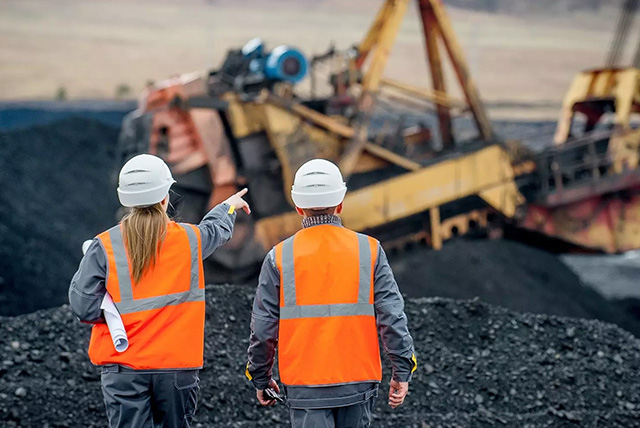The towering cranes at construction sites and the roaring machinery in mines are more than just tools—they’re significant assets that can shape a company’s financial landscape. But how do businesses determine the value of such colossal equipment? The answer lies in professional heavy equipment appraisal. Through the lens of real-world case studies from the construction and mining sectors, this article delves into the challenges, solutions, and profound impacts of heavy equipment appraisal.
The Unique Appraisal Challenges in Construction and Mining
Both the construction and mining sectors rely heavily on large-scale machinery and equipment. However, the appraisal of such assets is not always straightforward. Factors like operational wear and tear, technological advancements, market demand, and even geopolitical situations can influence their value. Moreover, the diverse range of equipment—from excavators and bulldozers to drill rigs and loaders—adds another layer of complexity to the appraisal process.
Case Study 1: A Construction Company’s Journey from Undervaluation to Strategic Growth
Background: A mid-sized construction company, with operations spanning over a decade, was gearing up for a significant expansion. As part of their growth strategy, they sought to secure substantial loans, using their heavy equipment as collateral.
Challenge: The company’s internal assessment undervalued their equipment, leading to lower loan offers from financial institutions. This undervaluation stemmed from a lack of understanding of the current market trends and the technological relevance of their equipment.
Solution: The company approached a professional appraisal firm, which conducted a thorough on-site inspection, assessed the condition, operational history, and market demand for each equipment piece. The appraisal also considered the latest sales of similar equipment and future industry projections.
Outcome: Armed with an accurate and comprehensive appraisal report, the company successfully secured favorable loan terms, facilitating their expansion plans. The appraisal also provided insights into potential equipment upgrades, optimizing their operational efficiency and ensuring they remained competitive in the market.
Case Study 2: How a Mining Enterprise Leveraged Accurate Appraisals for Optimal Asset Management
Background: A global mining enterprise, with operations in diverse geographical regions, faced challenges in asset management, particularly in determining the value of their heavy machinery spread across multiple sites.
Challenge: The vastness of their operations, coupled with the varied conditions and ages of their equipment, made it challenging to maintain a consistent asset valuation. This inconsistency led to issues in insurance coverage, potential overpayment in property taxes, and challenges in securing additional financing.
Solution: The mining enterprise collaborated with a renowned appraisal firm specializing in heavy equipment. The firm utilized satellite imagery, AI-driven data analysis, and on-site inspections to evaluate the equipment. They also factored in the unique challenges of mining operations, such as equipment wear due to harsh conditions and the fluctuating demand for minerals.
Outcome: The detailed appraisal provided the mining company with a clear picture of their assets’ value, allowing them to optimize insurance coverage, streamline property tax payments, and make informed decisions about equipment sales, purchases, and upgrades.
Lessons Learned and Best Practices for Heavy Equipment Appraisals
- Seek Expertise: The complexities of heavy equipment appraisal necessitate expertise. Collaborating with professionals ensures accuracy and comprehensive analysis.
- Regular Appraisals: Equipment value can change due to various factors. Regular appraisals ensure that businesses remain updated about their assets’ worth.
- Embrace Technology: Modern appraisal methods leverage technology for enhanced accuracy. Tools like AI-driven analysis and satellite imagery can provide invaluable insights.
Conclusion
Heavy equipment, with its imposing presence and operational significance, holds immense value for businesses in the construction and mining sectors. However, unlocking this value requires more than a cursory glance—it demands the precision, expertise, and insights that professional appraisal services offer. As the case studies illustrate, accurate appraisals can shape business strategies, influence financial decisions, and pave the way for growth and success.

